7 Effective Exercises to Increase Your Cardiovascular Fitness
| Author: Manoja Kalakanti
Are you an athlete? Or are you someone who takes his/her workouts seriously? If you are, then you indeed are acquainted with the term cardiovascular fitness. Also, known as aerobic fitness, your body can utilize and transport oxygen while you exercise. Cardiovascular fitness is the cumulative effort of your heart, lungs, muscles, and blood all working together in tandem while you exercise.
If your cardiovascular fitness is high, well congratulations! You are a healthy person. Your cardiovascular fitness is measured on the radar, known as VO2 Max.
How is VO2 Max Measured?
VO2 Max is actually a measurement of the maximum amount of oxygen one uses at a certain time. It is fairly simple; it is measured in millilitres per kilogram of body weight per minute (ml/kg/min). The peak level of oxygen consumption is what is termed as the VO2 max.
Measuring Cardiovascular Fitness
Fitness experts recommend all runners and athletes to find out their VO2 Max value, taking it as a yardstick to measure their training prowess and find out whether they need to improve upon their fitness levels if the VO2 Max determinant is not around the optimum levels.
However, there is a flip side to this notion as sports scientists beg to differ about this notion of VO2 Max being the only determinant to measure an athlete’s running performance. They believe that a host of different factors can determine a sports person’s running performance and that includes running efficiency, muscle adaptation and metabolism, and the VO2 MAX is just a way to measure the maximum oxygen consumption at the maximum level of energy output.
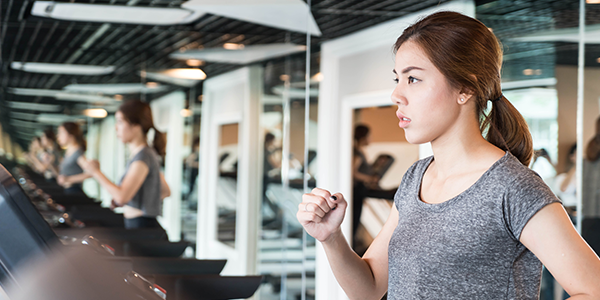
Runners having very high VO2 Max values may not always be the fastest. But, here is what you need to keep in mind, a very high VO2 Max may not prevent heart disease, your diet still plays an important role in increasing your endurance, especially when you are trying to reach your peak fitness levels.
Factors of Cardiovascular Fitness
How to improve cardiovascular fitness? You can do so by pushing your body more, increase reps or increase the amount of time you spend exercising. For example, when you start exercising, you may not be able to finish a 30-minute HIIT workout without gasping for breath, but gradually with time, you will get better at it; read, feel less breathless and out of whack.
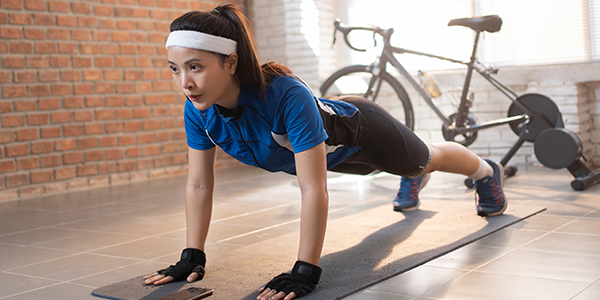
Aerobic exercises aid the muscles (required for respiration) such as your intercostals and the diaphragm, which get more efficient. The capillaries in your alveoli (small blood vessels) that provide air sacs deep in your lungs increase in number. You’ll be better at inhaling oxygen and exhaling carbon dioxide—your aerobic fitness increases when your heart gets more robust.
A fit, healthy heart helps pump more blood per beat in comparison to a smaller, unfit heart. Your muscles also get fitter and stronger with an exercise—the number of capillaries that deliver oxygen to the muscles and take carbon dioxide from the same multiplies. The mitochondria (which produces energy currency of the cell) also increase.
Benefits of Cardiovascular Fitness
There are generally three forms of training: resistance, mobility training and cardio. Each one has its benefits, but we are going to discuss the benefits of cardio workouts here.
- Wards off disease – Cardio exercises take care of your heart, lung and blood circulation. Cardio workouts also help reduce the risk of chronic diseases such as diabetes, coronary heart disease, and Alzheimer’s.
- Helps with weight loss – Cardiovascular fitness workouts help create a calorie deficit and losing weight. So, if you burn more than what you eat, you lose weight. Cardio is one of the more potent tools in your weight loss arsenal, which helps you lose weight.
- Boosts all-around fitness – Cardio workouts help improve your complete aerobic system. So, if you include more moderate to intense workouts in your workout regime, the fitter you will get.
- Helps in mood improvement – Yes, if you are feeling down in the dumps, cardio workouts will help you feel better about yourself and play a role in boosting your happiness. Cardio increases the production of the feel-good hormones that act as painkillers, also known as happy hormones or endorphins.
- Live longer – Yes! You read that right. It is believed that people who perform cardio regularly will live longer. Now, that’s enough reason for you to include this type of cardiovascular fitness workouts into your everyday routine.
Cardiovascular Fitness Exercises List – High-Intensity vs Low Intensity
You were satisfied with your long and rambling workouts on the cardio machines till HIIT happened! So can HIIT aka high-intensity interval training replace steady-state cardio? Not really, as both have multiple benefits. Ideally, You have to include both into your fitness regime.
Higher intensity workouts are excellent in burning fat in a shorter time period. It also helps boost your overall fitness and performance. This type of workout has a thermic effect and you keep burning calories long after you finish the workouts. Lower intensity cardio pushes your heart rate between 105-120 beats per minute and helps you burn a higher percentage of calories from fat as opposed to carbohydrates. This is a kind of workout that the older brigade can do as it does not attack your joints as much as HIIT does. Low-intensity workouts will also keep your heart healthy. So, when you are tired, worn out and not feeling like prancing about in high energy, you can try steady-state cardio, a milder yet effective cardio workout. Take a look at some of the different types of workouts here.
Low-Intensity Workouts: Walking
Don’t feel like working out? Well, you can still walk! A walk around the block or the park is simple yet so very effective. With so many types of workouts jostling for primacy, walking somehow has taken a back seat, but we have to remember one thing, simple always works! Also when you are stressed and anxious, there’s nothing like a walk to elevate your mood.

If your objective is to lose fat, walking at 105-120 BPM will help you reach your fat loss goals. 20-90 minutes of walking (depending upon your fitness levels) is all you require to lose weight and stay fit.
HIIT (High-Intensity Interval Training)
For people who are perennially strapped for time, HIIT comes in really really handy. The best part is, it can substitute those hour-long workouts and you don’t even feel guilty about it. It lasts for a few minutes but my, they are effective! And those 7-minute workouts are really a thing! You sweat, burn tons of calories and you feel like you just climbed a mountain because of the amount of fat it burns. Wow, it is insane! I am a fan.
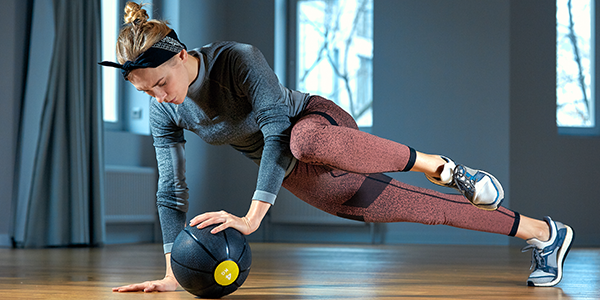
HIIT includes high-intensity aerobic work and this very high-intensity workout ensures maximum fat burning. It boosts your metabolic rate and keeps it on overdrive even 24 hours after training. It is a great way to shock your body, and when you continuously do steady state workouts, you kind of stall your own progress, and then your body reaches a weight loss plateau and it then starts conserving calories. HIIT rattles your pace and disrupts your body’s calorie-storing prowess.
Sprinting
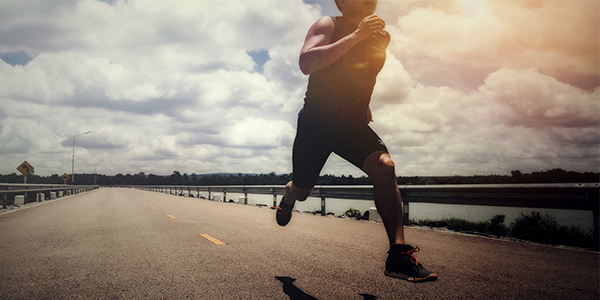
Sprinting helps burn 500 calories in a 30-minute session and that’s a very efficient way of training. Okay, sprinting for 30 minutes is not possible, but you can include 30 seconds of it and then add a recovery period (walking or light jogging) into your workouts.
Sprinting on a track or a hill is an absolute killer; one of the most effective forms of training with which to assist fat loss – but it is recommended to condition your body before doing it, as otherwise, you run a high risk of injury.
Weight Lifting
Intense weight lifting interspersed with short rest periods with moderate weights will give you an absolute knockout workout. Additionally, it helps strengthen your muscles, stabilize your joints, and ward off skeletal problems such as osteoporosis.
The type of weight training that works is escalated density training, which helps squeeze the most amount of volume of exercise into a stipulated training period. For example Kettlebell swing vs dumbbell squat. You can set a timer for six minutes and perform 6 reps one after the other.
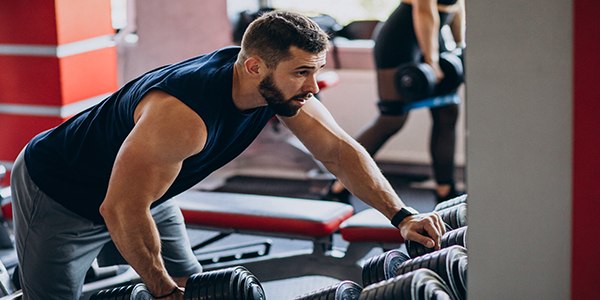
Dancing
Moderate intensity dance workouts are great fun, and burn a whopping 450 calories! Dancing also helps enhance mobility and bodily awareness, which stall cognitive degeneration in later life. Dancing helps improve your social skills as you are able to meet new people and also caters to your happiness quotient. Yeah, you dance “because you are happy!”
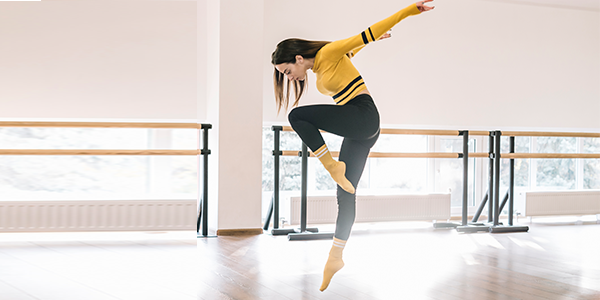
Combine Cardio Exercises with Strength Training
Why is this combination so deadly? This works because the more muscles you work on a tandem, the more it challenges your heart and boosts your cardiovascular system. So, doing cardio-only workouts can often stop you from building endurance. If you want to notch up your endurance, you need to add strength-training days into your training.
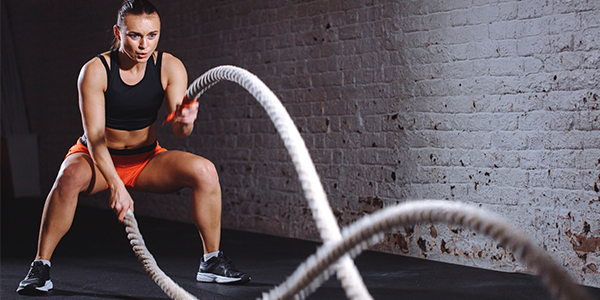
If you are dividing your week into cardio and strength days, you can try to include the two instead. So, for that you can alternate between a bench press, following it up with pull-ups and then sprint on the treadmill. Another effective combination is doing a spot of jump rope, follow it up with squats, overhead press and end with Russian twists. Repeat this drill.
Include Explosive Movements into your Regime
In order to achieve cardiovascular fitness goals, you need to add explosive movements that help challenge your strength, endurance, and stamina in tandem. Once you start including more explosive movements, you’ll actually see better results and start moving faster. Exercises such as box jumps, burpees, jumping knee tucks and power pushups are all the different types of workouts you should add to your fitness regime.
Follow these Rules Before you Start on your Cardio Workout
Cardio is fun, it is intense and makes you go with the flow without thinking about the impact it will have on your body. More cardio does not mean more fat loss. Rather, smart implementation of cardio workouts can help you achieve your fitness goals.
- Do not push too hard – Just because you have fitness goals to meet does not mean you will be able to reach there faster if you do more cardio. A 45-minute workout is good enough. Going beyond that will slow down your metabolism and your fat loss will move to a grinding halt. Training is accepted, over-training is certainly not.
- Optimal utilization of intensity time and frequency – You need to exercise according to your capacity; beginner, intermediate and advanced levels don’t exist for anything. Understand your strengths and weaknesses and tailor your workouts according to them.
- Hydrate yourself well- Hydrating yourself while doing intense workouts is extremely important as there is a lot of fluid loss. There are greater chances of dehydration, which will also affect your performance levels.
There is no doubt about the fact that cardio workouts will help you shed the pounds quickly. But, no workout is effective without following a proper diet. It has to be a combination of the two. Also, rest and recuperation are very important as well, because when you sleep, you enable your body to go into fat-burning mode.
Also, if you exercise for 45 minutes and then decide to sit for the rest of the day, it won’t help you much. It’s a question of maintaining balance and making the right lifestyle changes. It seldom works in isolation; it works as a conjunction of all the things listed above. So, move more, eat right and sleep tight and soon you will reach your fitness goals!
Disclaimer: All exercises should be done under the supervision of certified professionals. If any medical condition exists, please do seek the advice of the physician to proceed with this exercise.
Frequently Asked Questions
1. What is Cardiovascular fitness?
Ans: Cardiovascular fitness is the cumulative effort of your heart, lungs, muscles, and blood all working together in tandem while you exercise.
2. How is Cardiovascular fitness measured?
Ans: Cardiovascular fitness is measured in the form of VO2 Max in which the level of oxygen consumption is measured.
3. What is the importance of VO2 max?
Ans: The VO2 MAX is just a way to measure the maximum oxygen consumption at the maximum level of energy output.
4. How can we improve cardiovascular fitness?
Ans: You can do so by pushing your body more, increase reps or increase the amount of time you spend exercising.
5. What are the benefits of cardiovascular fitness?
Ans: Cardiovascular fitness has its own benefits including taking care of your heart, lung and blood circulation. It also helps with weight loss by boosting all-around fitness.
6. What exercises can be done to improve cardiovascular fitness?
Ans: Cardiovascular fitness can be improved by performing low intensity and high-intensity workouts.
7. What are the benefits of weight lifting?
Ans: Weight lifting helps strengthen your muscles, stabilize your joints, and ward off skeletal problems such as osteoporosis.
8. Are high-intensity workouts helpful for burning fat?
Ans: Yes, HIIT is helpful in burning fats as it makes you sweat and burn tons of calories.
9. Why do we need to combine cardio exercises with strength training?
Ans: This works because the more muscles you work on a tandem, the more it challenges your heart and boosts your cardiovascular system.
10. What should we remember before starting a cardio workout?
Ans: You must hydrate yourself well and exercise according to your capacity.




Manoja Kalakanti